What Makes A Good Cell Phone Camera
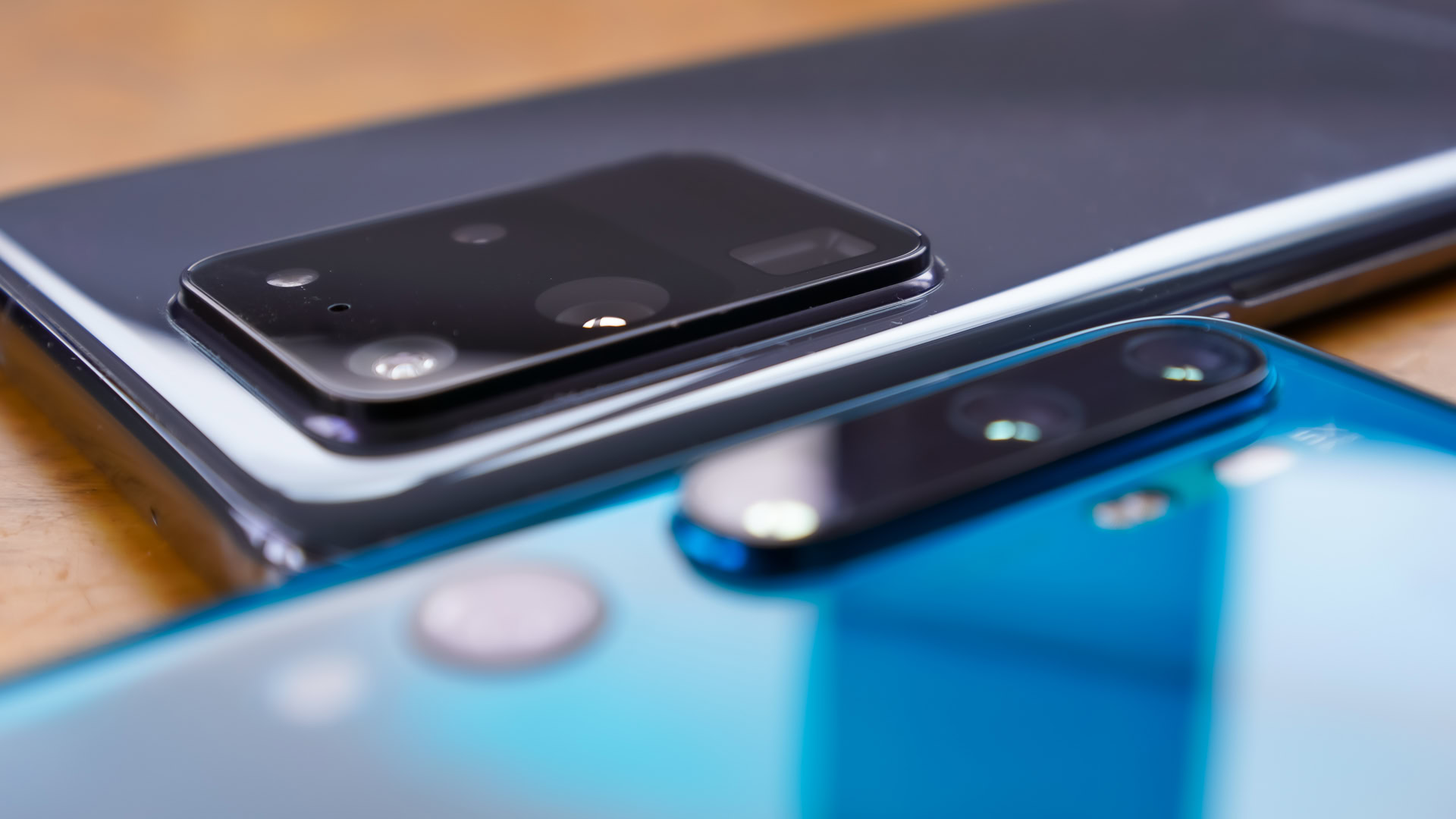
Smartphones have become indispensable tools in our lives, giving united states of america a world of apps, keeping united states connected, and helping organize our lives. However, many people purchase phones because they desire a great camera. After all, the all-time camera is often the i yous have with y'all.
But how do y'all know whether yous'll get a phone with a peachy camera or a device with a disappointing shooter? We've got you covered with our guide to buying a telephone with a keen camera.
Many dissimilar photographic camera types

David Imel / Android Authorization
Triple and quad camera phones have become standard fare today, even on $200 to $300 smartphones. Simply what do all of these cameras do though? Well, there are generally six types of camera available today, namely your standard/main camera, ultra-wide photographic camera, telephoto or periscope zoom camera, macro camera, monochrome camera, and depth sensor or 3D ToF sensor.
Standard/main camera
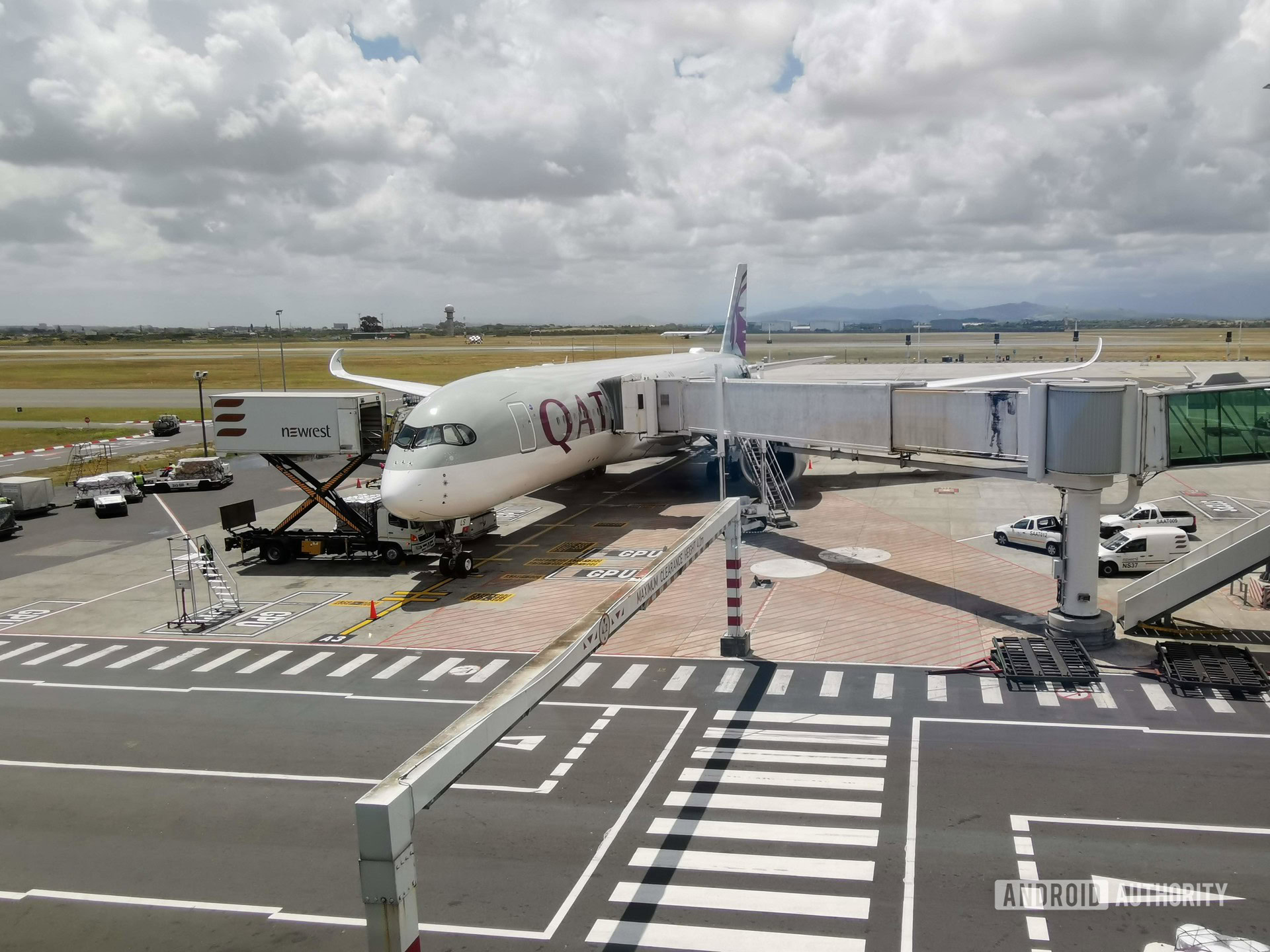
This used to be the only camera bachelor on smartphones, capturing images without zooming in or out. This camera commonly gets used almost often, every bit information technology's a jack of all trades. You'll never have a telephone without this camera aboard.
Ultra-wide camera
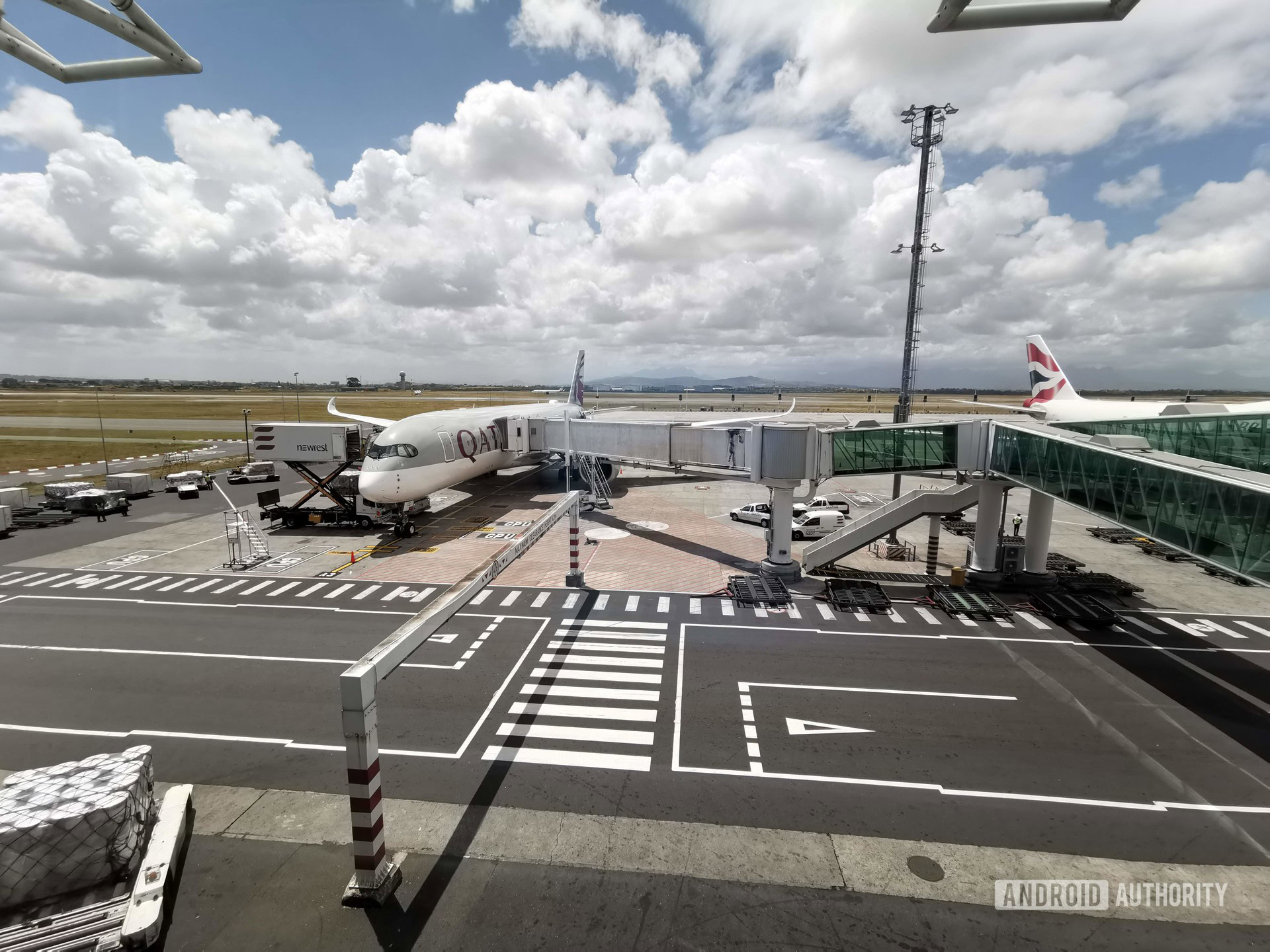
LG was the first to implement this type of rear camera back in 2016. Information technology takes a motion-picture show with a wider field of view/perspective compared to the main camera, making information technology platonic for grouping shots, pictures of buildings/architecture, or photos of a landscape. The introduction of an ultra-wide photographic camera as well means you don't need to apply your phone's panorama mode as often, which can be a tedious process.
You'll generally find ultra-broad cameras on devices as cheap every bit $150 to $200, but don't expect to see it on ~$100 phones. Still, between Samsung'south Galaxy A and Galaxy 1000 series, Xiaomi'due south Redmi Annotation devices, and Motorola's M serial, you shouldn't have too much trouble finding devices with this camera.
Telephoto or periscope camera

These cameras deliver zoomed-in shots, with telephoto cameras generally delivering 2x to 3x optical zoom. Periscope cameras are more contempo inventions, using a prism to zoom in fifty-fifty further (between 4x and 10x optical zoom). Either fashion, these lenses are handy if you desire to have a photo of something far away.
Some other recent blazon of zoom photographic camera is the variable zoom camera seen on the Sony Xperia i III and Xperia 5III. It's not completely variable though, simply switching betwixt 3X and 4.4X zoom. Even so, this reduces the need for two zoom cameras on 1 phone.
We've seen some companies harness software to deliver ameliorate zoomed-in results without using a telephoto or periscope camera. Some brands combine software and a telephoto/periscope camera to zoom in even further, in a concept known as hybrid zoom. For case, the Huawei P30 has a 3x telephoto camera, merely information technology'due south able to deliver 5x hybrid zoom shots. Hybrid zoom isn't as good as having a camera with that particular zoom factor, but it's amend than software-only zoom.
Related: Don't believe what smartphone manufacturers tell yous about zoom
We've also seen some manufacturers endeavour to blur the line between optical/native zoom, hybrid zoom, and digital zoom in recent years. For example, Samsung'south Milky way S21 has a 64MP "telephoto" camera that information technology claims has 3X "hybrid optic" zoom. It'south simply a form of hybrid zoom, but Samsung presumably invented the "hybrid optic" term to make it sound better in marketing materials.
You can find out more than about the dissimilar methods of zoom via this commodity over here.
Macro camera

Edgar Cervantes / Android Authorisation
This sensor is a relatively new improver to the smartphone world. Information technology allows you to take macro shots (i.east. extreme close-upwards pictures) of tiny subjects, such equally insects, flowers, and coins. Ane downside to these cameras is that they often have a low resolution (2MP) and lack autofocus, although companies like Xiaomi and Samsung are offering 5MP macro cameras too.
Some phones (like the Oppo Discover X3 Pro) use the ultra-broad camera to take macro shots, foregoing a defended macro camera. You as well get the benefit of a higher resolution macro image with this approach.
Monochrome camera

Nosotros don't really see this type of camera on many phones, with Huawei being first to offer a phone with a secondary monochrome sensor and Realme'southward Narzo thirty serial and the OnePlus 9 beingness the latest. In any event, this camera is unremarkably used to accept true black and white photos, as opposed to a color photo turned into blackness and white via a filter.
Monochrome cameras can likewise be used to improve low-light functioning, as the lack of a color filter enhances light gathering capabilities. Finally, these cameras can also be used for improved depth effects (e.g. portrait mode), every bit we see on the Narzo 30A and OnePlus 9.
Depth sensor and 3D ToF sensor
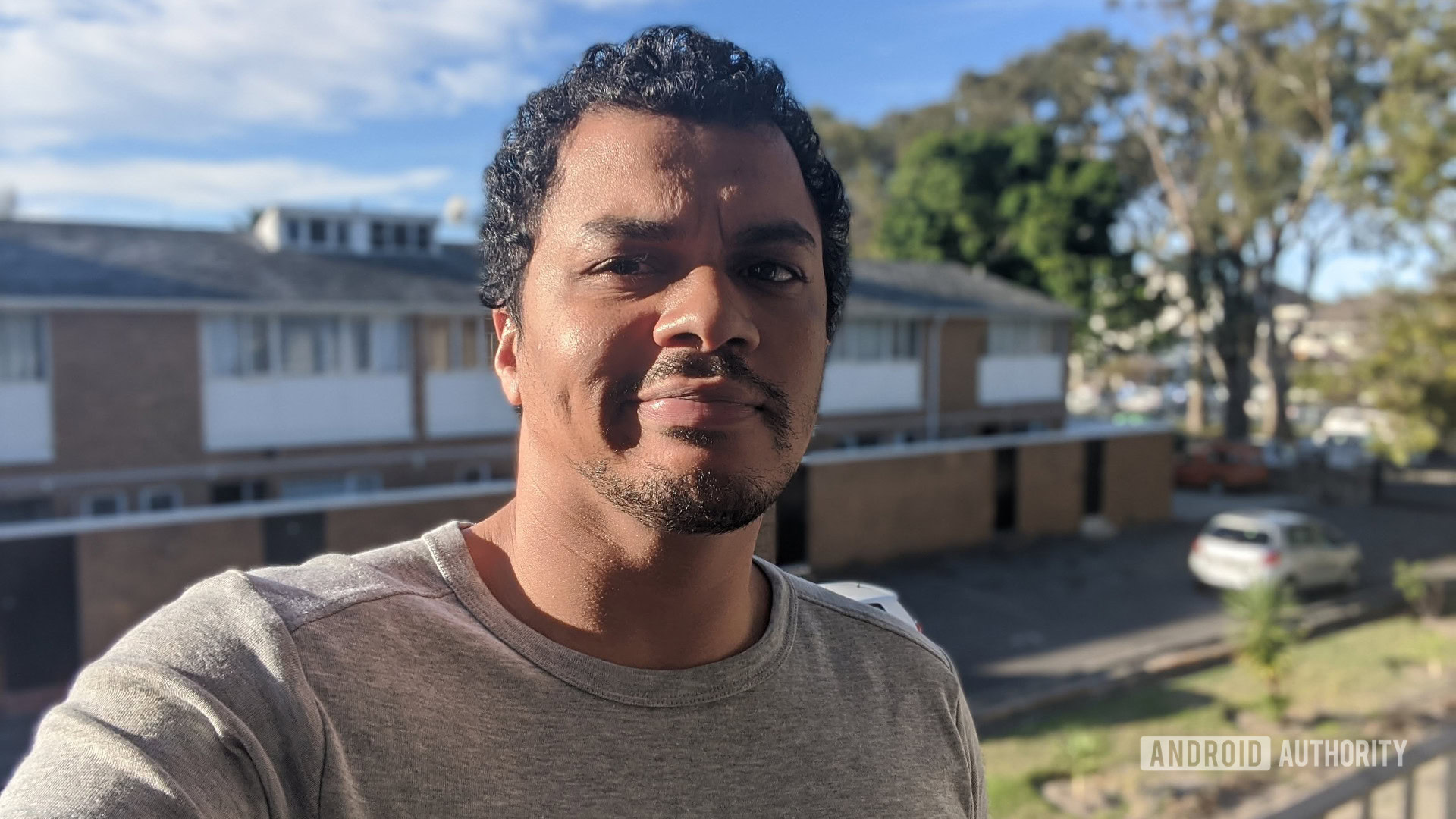
You lot tin can't actually take dedicated photos with these types of camera, equally they're generally used to capture additional "depth" information when taking photos via the main photographic camera.
Depth sensors are often used for portrait mode photos, with the sensor capturing information to ensure that the subject is in focus and the background is pleasantly out of focus. 3D ToF sensors are essentially new takes on the depth sensor, capturing more accurate depth information.
You'll generally notice depth sensors on cheaper phones, while loftier-end phones have previously offered 3D ToF sensors instead. In saying and so, some phones lack both, using either a telephoto camera or software to capture depth information. In fact, many phones utilize a software-driven portrait way for selfie cameras, every bit seen in the example above.
How many cameras do y'all need?
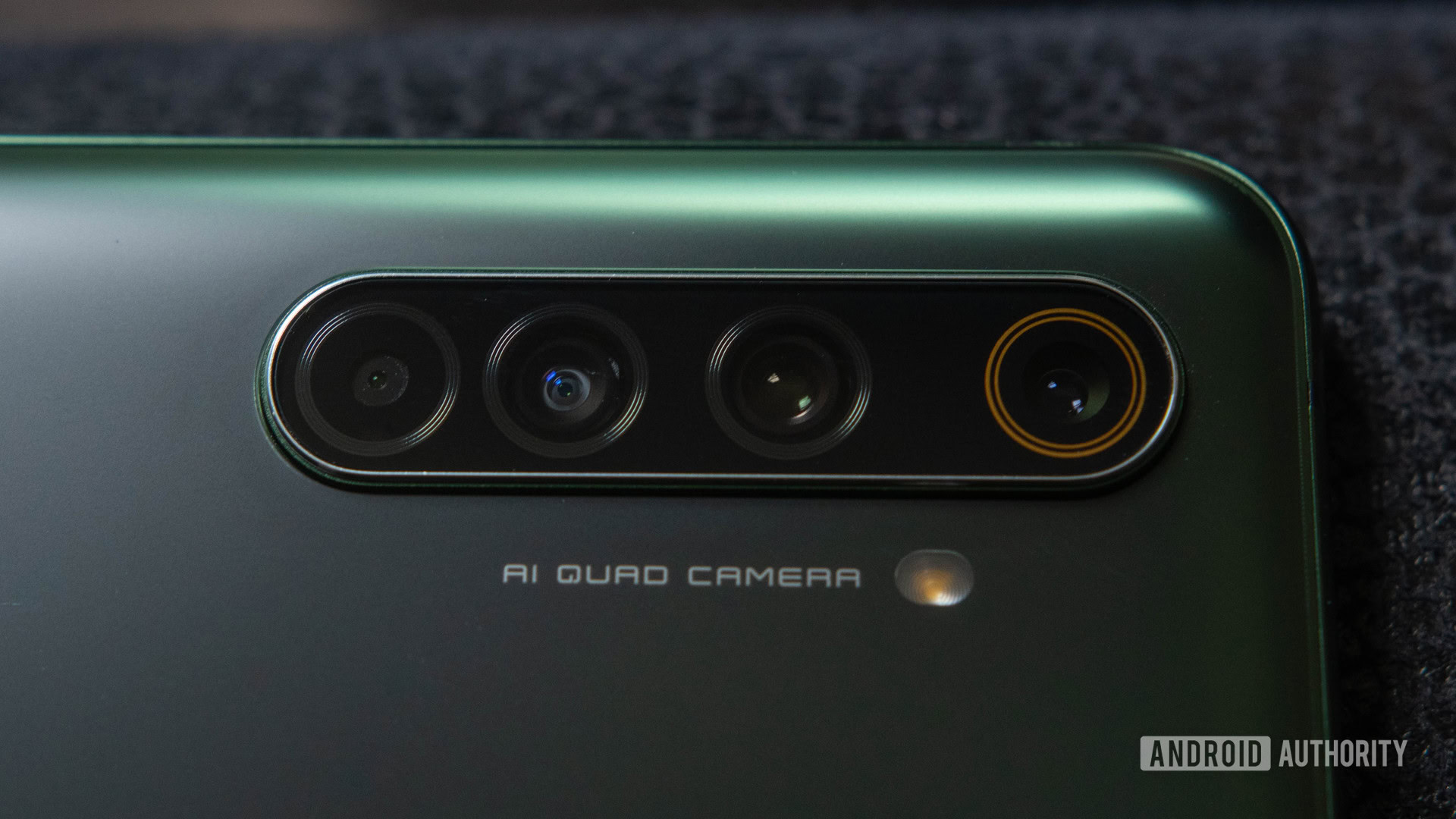
The cheapest phones (~$100 or then) usually offering a single master camera or a dual-camera setup featuring a main camera and a depth sensor. A few of the cheaper devices also swap out the depth sensor in favor of an ultra-wide camera. Merely more and more budget phones are calculation triple or even quad-camera setups, featuring a main camera, ultra-wide sensor, depth sensor, and usually a macro camera as the fourth selection.
Zoom cameras are more often than not restricted to loftier-end phones, as these sensors and components are usually pricier than an ultra-wide photographic camera or macro sensor. More expensive phones commonly as well accept an ultra-wide camera in addition to the principal and zoom cameras, giving you a diversity of perspectives and unparalleled flexibility. Nosotros've also seen companies like Xiaomi, Samsung, and Huawei offer two zoom-focused cameras at unlike zoom factors on their most expensive phones.
Read: The Xiaomi Mi Notation 10 may have solved a big result with long-range zoom
Still non sure how many cameras you lot need? Well, then inquire yourself what kind of photos you programme to accept. Love the outdoors or traveling to various cities? Then peradventure you lot should get a phone with an ultra-wide photographic camera to capture those wonderful vistas and towering skyscrapers. Going on safari or frequently watching your children'south sports games? So a zoom camera tin help get y'all closer to the action without physically needing to be closer.
Want an ultra-wide perspective just also like the idea of having good zoom? And so go a phone with both ultra-wide and zoom lenses, although devices with both options are quite expensive. Some of the more prominent examples in this regard include the OnePlus 9 Pro, iPhone 12 Pro, Xiaomi Mi xi Ultra, and Samsung Galaxy S20 FE.
The brand matters (to an extent)
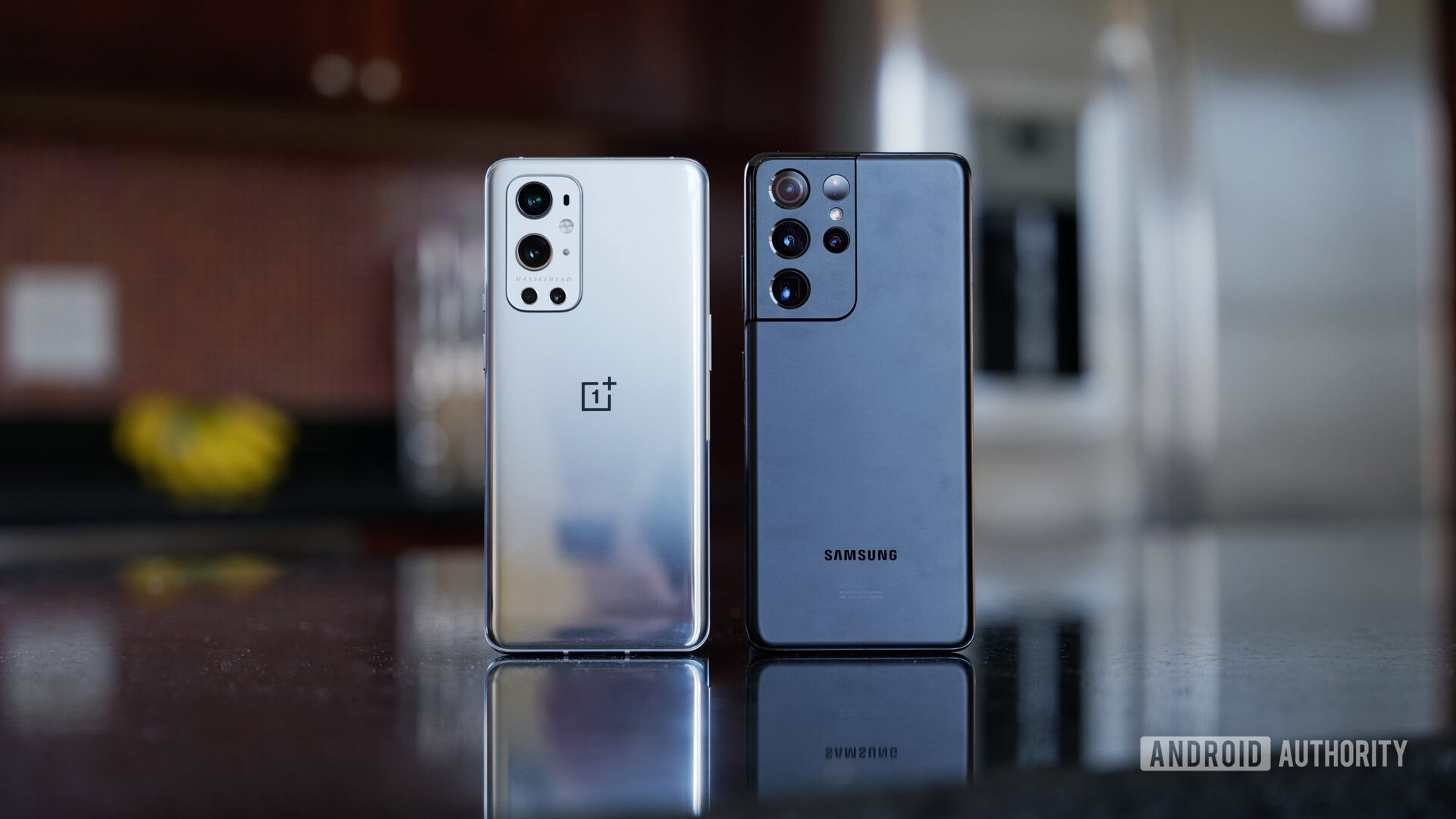
Luke Pollack / Android Authorization
One of the almost important factors when looking at a smartphone for its photographic camera is the manufacturer. That's because each brand'south moving-picture show quality differs in subtle ways from one another, such as color reproduction, depression-calorie-free performance, and overall quality.
Here'due south what you can expect from some of the bigger manufacturers in terms of picture differences and extra modes. Do note that the below might not hold true for every telephone by a given make. Information technology's also worth noting that the gap in quality is pretty tiny amid most brands when it comes to pictures taken during the day.
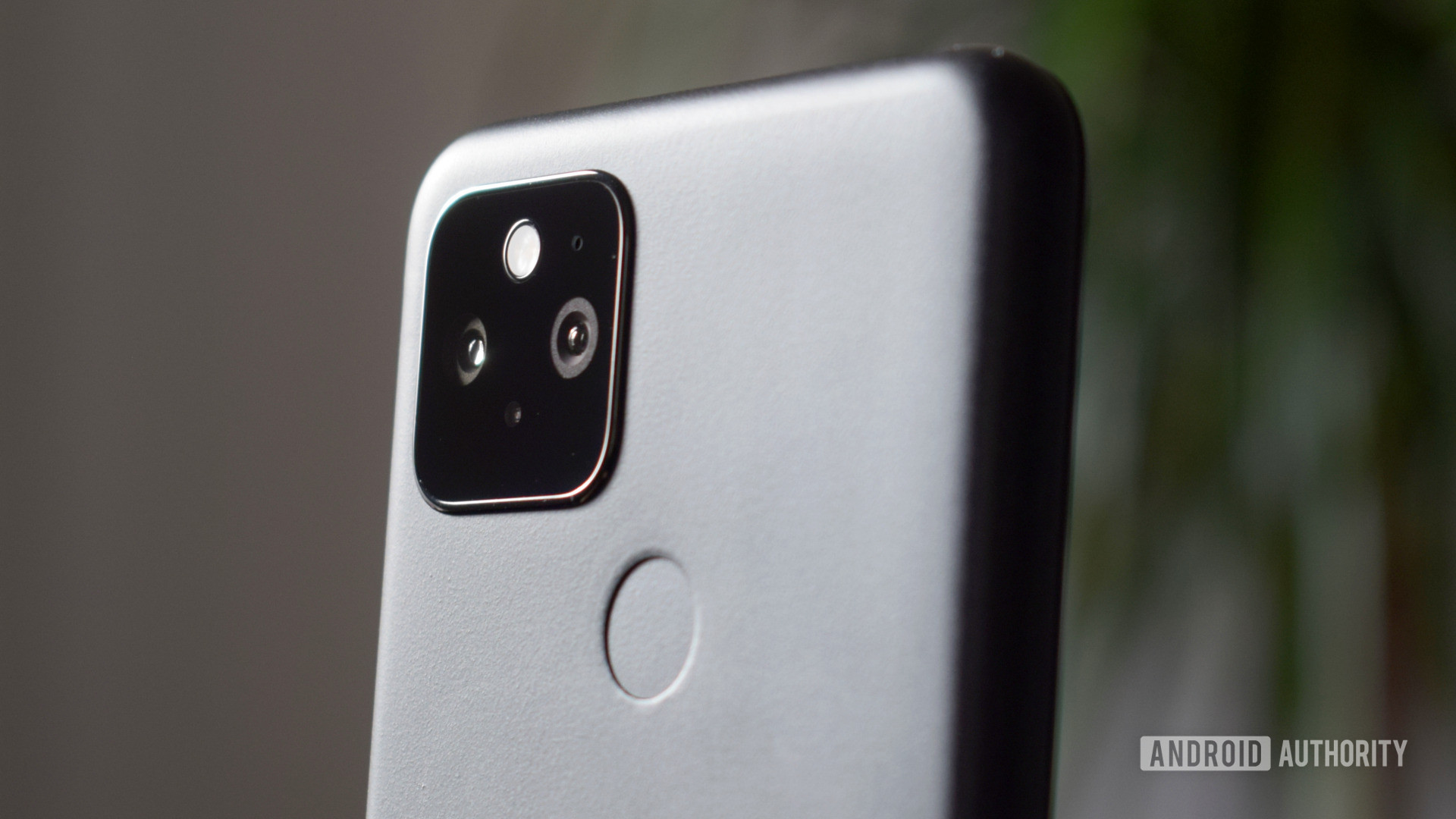
Robert Triggs / Android Say-so
Thinking about getting a Pixel phone? Then you'll exist taking photos with punchy hues that don't more often than not become overboard like another brands.
The Pixel serial is as well renowned for its dynamic range — how well information technology retains detail in the brightest and darkest parts of the same photo. And so expect this phone to cope well when taking bright outdoor pictures, preventing the sky from being diddled out while ensuring that you can still make out what'due south in the shade.
More Pixel photography: Camera shootout — Samsung Galaxy S21 Ultra versus Google Pixel v
Pixel phones are as well among the all-time for low-light snaps, offering a Night Sight manner that reveals details in the dark. It'south not quite as corking as Huawei'southward high-cease phones in complete darkness, simply it'due south definitely competitive otherwise. Other notable Pixel modes include an astrophotography mode to take pictures of the nighttime sky (tripod required), low-calorie-free portraits, and a Photobooth mode for hands-gratuitous selfies.
Huawei
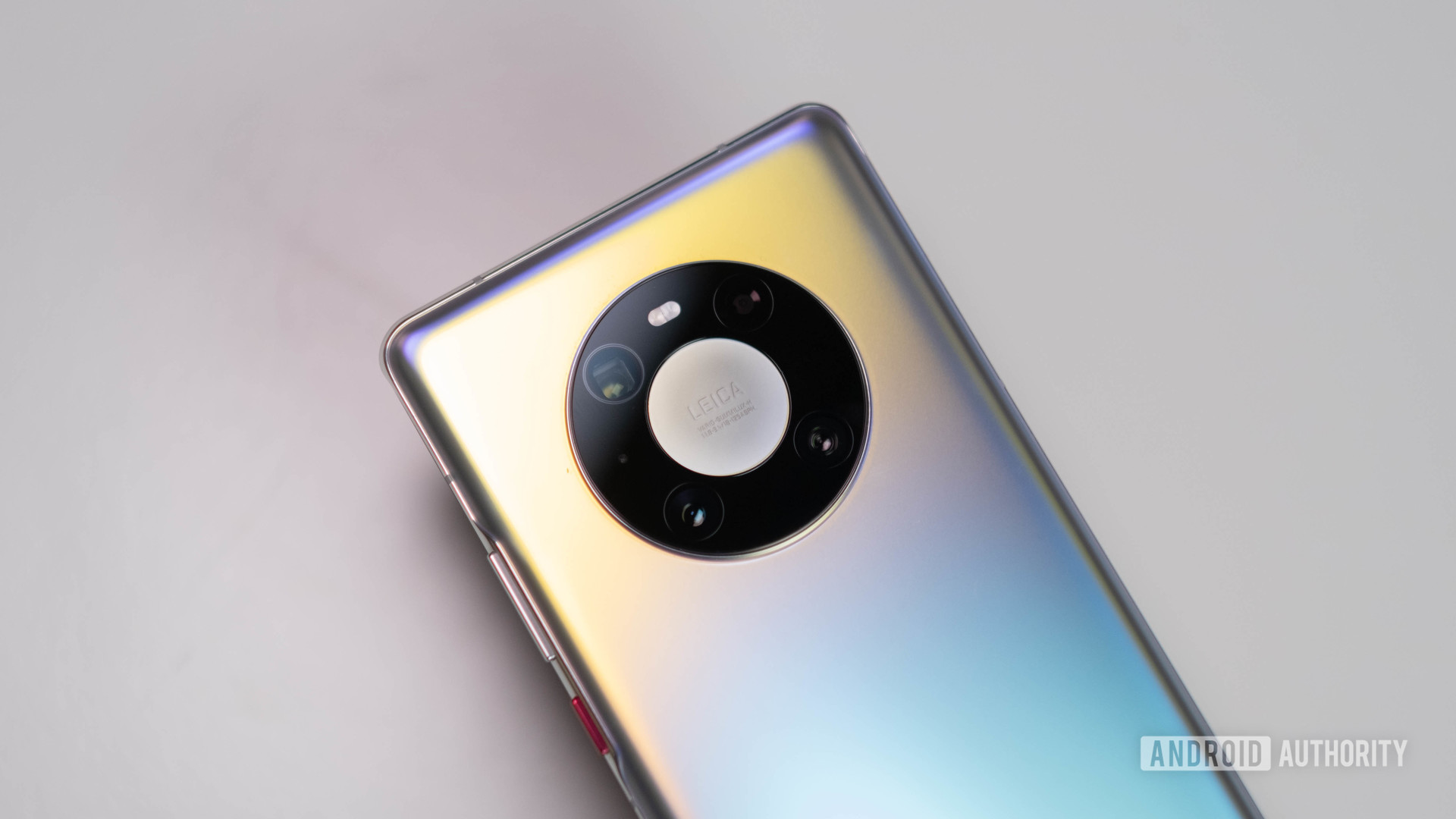
Ryan-Thomas Shaw / Android Authority
The Chinese make arguably became the best for smartphone photography in recent years — at least when it comes to high-end devices. Still, Huawei'due south phones are generally great during the twenty-four hours, delivering enough of particular and great dynamic range.
The make's phones used to have a reputation for over-sharpening pictures rather than offer a more than natural photo, but that has changed with contempo devices. Its phones also used to have a reputation for burdensome blacks (i.e. making black color shades completely black with no detail in them). Thankfully, this inverse with newer phones likewise. Huawei also offers a few color profiles to choose from, in case the default tone isn't to your liking.
It was also the first brand to offer an effective night mode on its phones, with competitors following adjust shortly thereafter. You'll find this mode on budget and top-end Huawei devices alike. The firm also offers a Light Painting mode on some phones, allowing you to take fancy photos with light streaks (be it from car lights or star trails). Information technology'southward since followed up with features like object erasing and the power to remove reflections (due east.1000. when shooting from behind a window).
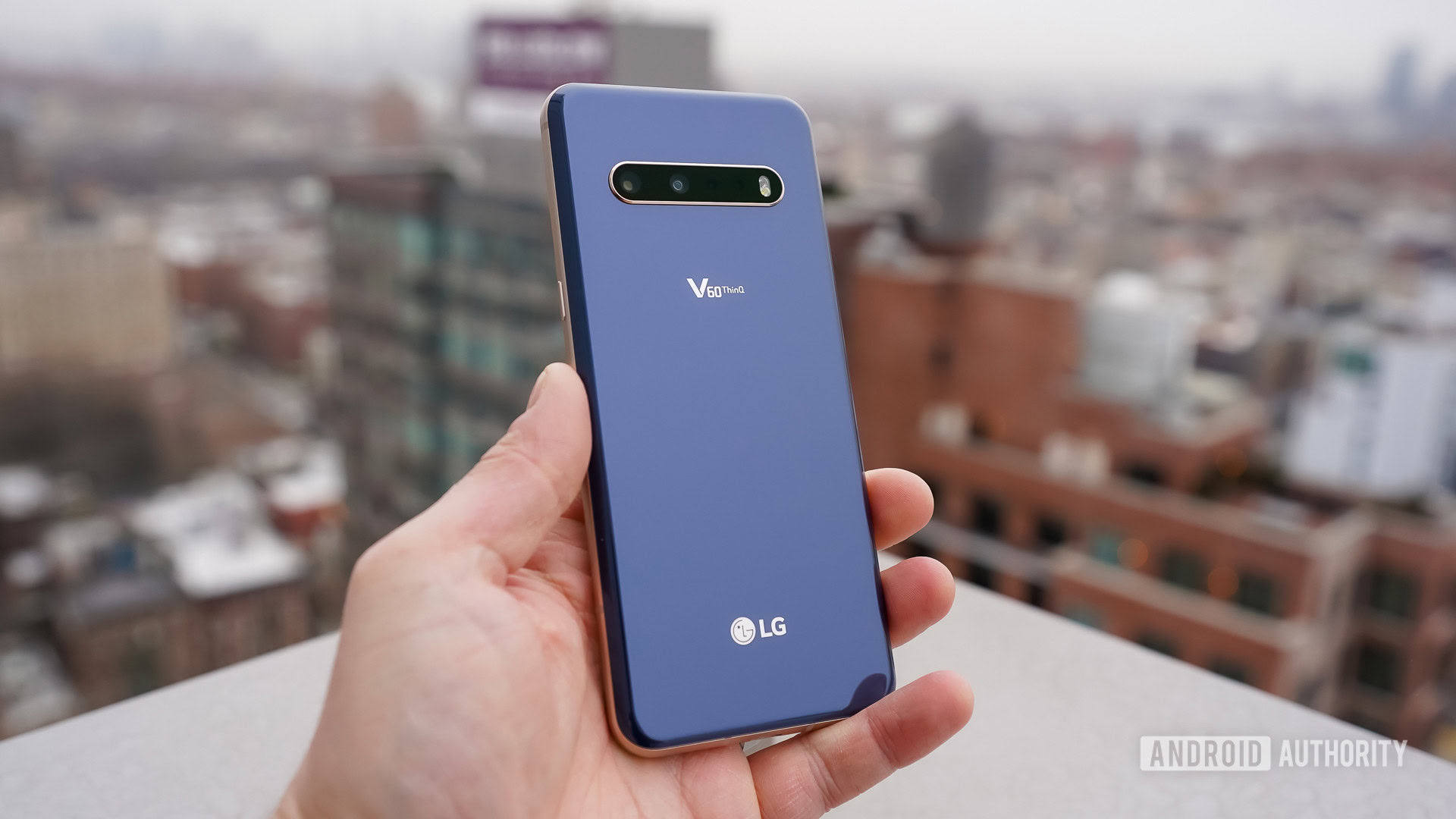
Eric Zeman / Android Authority
You can usually get good daytime pictures with an LG phone, featuring more realistic colors than the likes of Samsung, only poor dynamic range seems to be a common complaint amongst its flagship devices.
LG devices generally aren't every bit adept as Apple tree, Google, Huawei, and Samsung phones when it comes to dark-time and low-calorie-free snaps. And so if you plan to take shots at the pub or effectually the campfire, you might want some other brand'south device. That's not to say it offers bad images in depression-low-cal, but other companies tend to be a step ahead.
Related coverage: LG V60 one twelvemonth later — Is it even so worth buying?
The company's college-finish phones offer a few extra features, like a cinemagraph mode (allowing yous to create a GIF with selected elements moving in it) and 360 panoramas.
Unfortunately, LG pulled out of the smartphone business earlier in 2021. So that means we won't be seeing whatsoever more phones from the company. But devices similar the V60 even so evangelize a good photographic camera experience.
Samsung
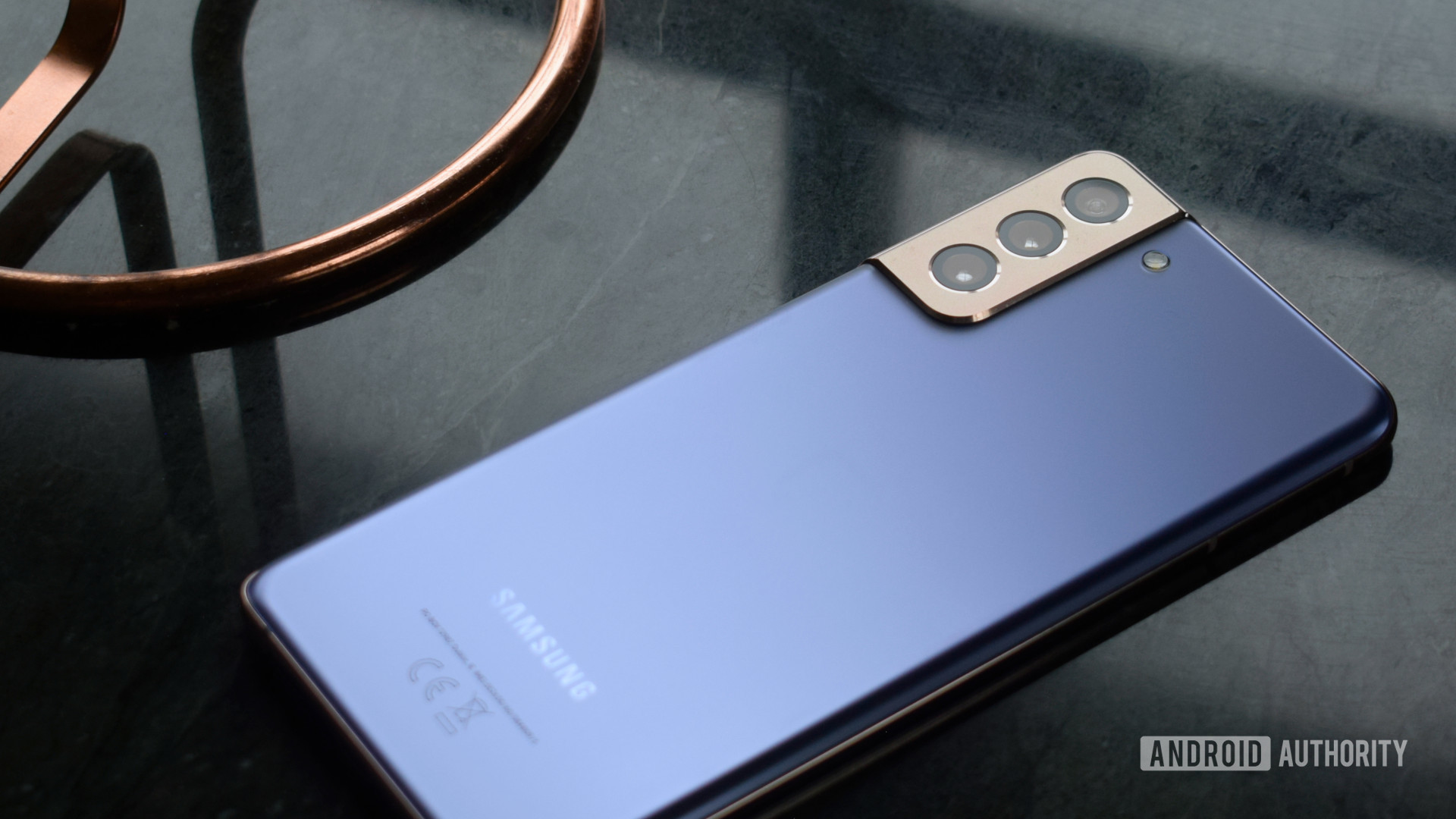
Robert Triggs / Android Authority
Purchase a Samsung telephone and you tin can traditionally wait to get pictures with oversaturated colors. Much similar Google, the Korean brand'south phones besides tend to deliver fantastic dynamic range.
Samsung lagged backside Google and Huawei when information technology came to offering a quality nighttime way, but the brand has since delivered in a big way with its S20 series and S21 range. And then y'all should be able to get some peachy snaps once the sun goes down.
Samsung'southward recent flagships also offering a handy Unmarried Take manner. Enter this mode and the telephone will automatically take pictures and videos for yous. The S21 family also offers a Director's View feature, substantially showing you the view from each camera without having to switch between them. We promise to see more than companies offer this function.
Xiaomi
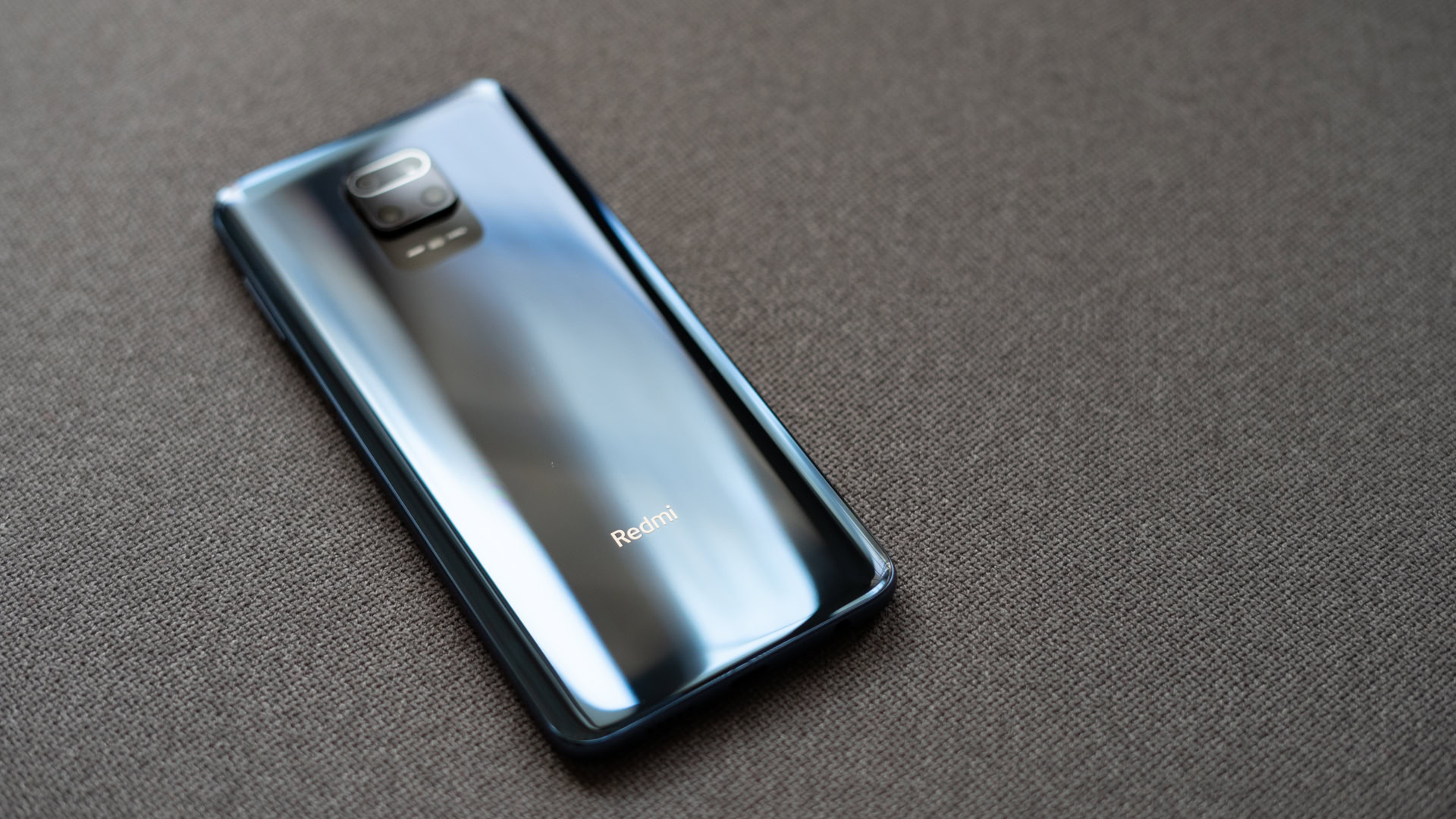
Chinese brand Xiaomi is another popular pick in Europe, India, and other markets, offering inexpensive phones and capable hardware. A common thread among Android Authority reviewers is that Xiaomi phones offer natural to slightly saturated colors in the daytime, not quite approaching Samsung levels of saturation. However, our reviewers also tend to think that Xiaomi phones could practise with improved dynamic range.
More on Xiaomi: Mi eleven review — One cool customer, merely is information technology a Galaxy S21 killer?
When information technology comes to low-light shooting, Xiaomi devices tend to vary wildly from disappointing to fantastic. In fact, our own Eric Zeman felt the Mi 11 camera quality was very adept but not quite Google- or Samsung-level. He also felt the peak-terminate Mi 11 Ultra made low-light scenes unnaturally bright.
Xiaomi's cheaper phones tend to lack optical prototype stabilization on the main camera, which ways you need to keep the phone as still as possible when taking night-time shots to prevent blur.
TL;DR: Accept two phones with identical specs from different manufacturers, and you'll definitely encounter slightly different photo quality due to the way each brand processes images. This is particularly evident in color reproduction, dynamic range, and at night. You should still try to get your easily on a demo model or a friend's device before making a decision though.
Megapixels: Is higher always meliorate?

Megapixels have become one of the almost mutual methods of judging perceived photographic camera quality. This is mostly true when information technology comes to entry-level phones. Mostly speaking, an 8MP, 12MP, or 13MP photographic camera is almost 100% guaranteed to exist better than a phone from the same manufacturer with a 5MP camera. This is because more megapixels equal more detail — although it can be a case of diminishing returns when nosotros go to 48MP+ phones.
Nosotros're now seeing 48MP, 64MP, and 108MP phones every bit well, and these high megapixel numbers aren't merely for show. Instead, phones with ultra-loftier resolution cameras generally default to a technique called pixel-binning to have smaller-sized pictures. Merely put, information from all those megapixels is distilled to take better photos at a lower resolution. For example, 48MP phones often take 12MP photos past default, while 108MP phones usually take 27MP or 12.5MP photos by default. You tin still accept full-resolution shots with your 48MP, 64MP, or 108MP phone camera though, only you're merely really going to run into the benefit when taking photos in wide daylight.
Related: Everything you should know about pixel-binning
But Google, Apple, and Samsung also evidence that 12MP cameras paired with great image processing techniques can deliver very impressive results. So don't automatically assume that college is ameliorate when it comes to megapixels. In fact, depression-light photograph quality tin endure if you cram more megapixels onto a pocket-size camera sensor. Remember of it like having 12 people on a bus versus 12 people in a car.
We are however expecting more than brands to offering high-resolution cameras in some capacity in the future though. This is because 8K video recording requires a 33MP+ camera at the to the lowest degree, much similar how 4K video recording requires an viii.5MP camera.
TL;DR: Megapixels tend to matter for low-end phones, but less so for loftier-end devices. And companies like Apple tree and Google normally tend to rely on software smarts to deliver top-notch photos with their 12MP cameras. These manufacturers will demand to switch to college resolution cameras in the hereafter if they desire to support 8K though.
What else should you know?
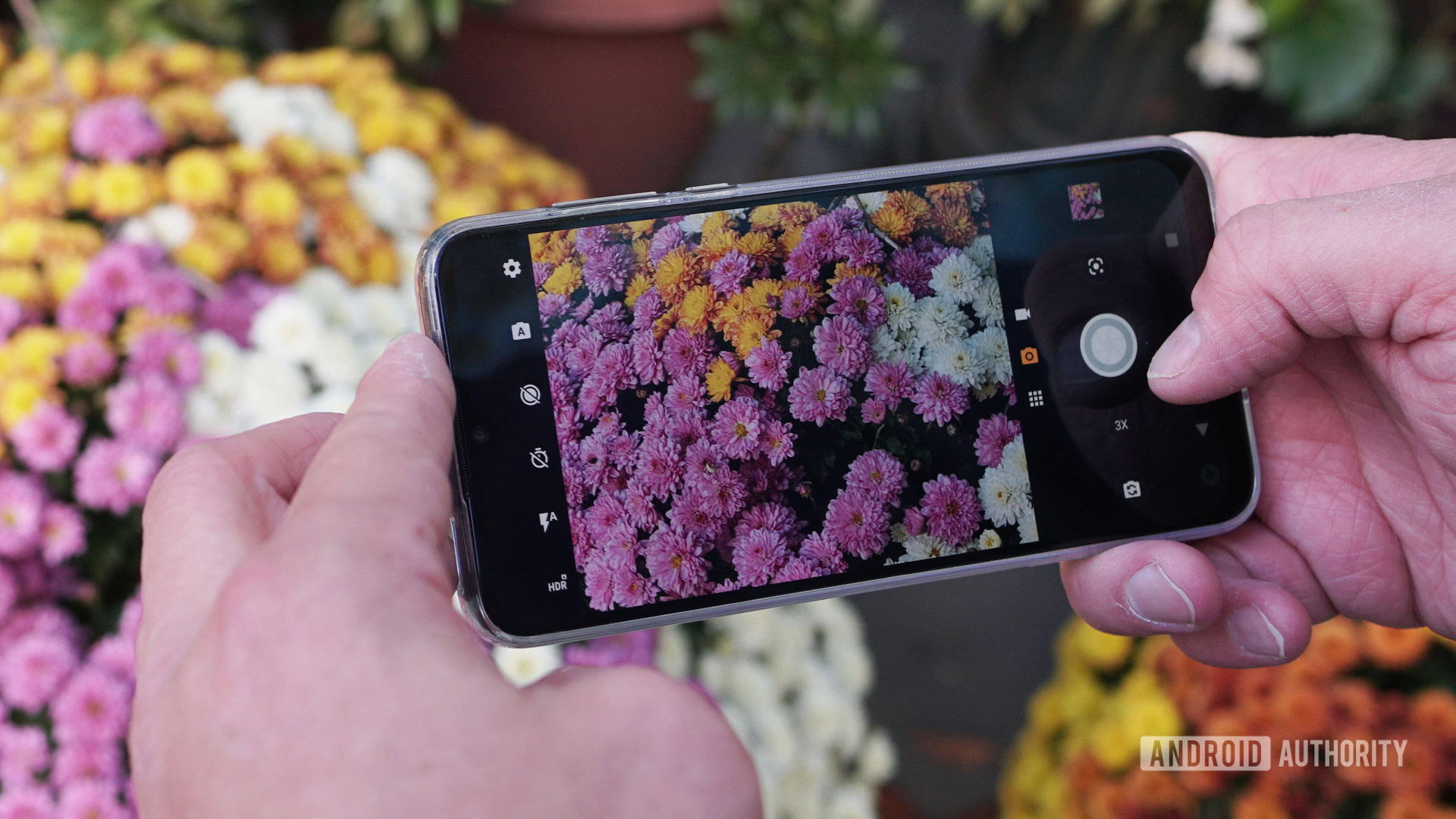
There are a few more factors that assistance deliver a corking smartphone camera, and one of the nigh important features is optical image stabilization (OIS). This is a bit of hardware, usually constitute on the principal and zoom cameras, that helps go on your camera steady.
OIS reduces shakiness caused by hand jitter or general motility of the telephone. Pictures are more likely to come out blurry without OIS, particularly at nighttime when the shutter needs to stay open a little longer to capture a brighter photo. This is likewise useful for videos, ensuring that your recorded clips aren't a shaky mess.
Unfortunately, OIS is generally limited to loftier-cease phones and upper mid-range devices, so you shouldn't expect information technology on your $100 to $200 phone. Still, it's notwithstanding worth asking whether your desired device has it. We've as well seen Vivo offer a so-called "micro-gimbal" on its premium devices, delivering meliorate stability than OIS.
More photography coverage: 10 Adobe Lightroom tips to improve your smartphone photos
Do be aware that some companies more often than not tout EIS (electronic image stabilization) or generic "image stabilization." This is a software-driven approach that mostly isn't every bit proficient equally OIS, but the execution tends to vary by manufacturer. So if offered the choice betwixt a phone with EIS and one with OIS (assuming they're near-identical otherwise), we'd recommend going with the latter.
Many phones are also coming upward with AI modes for their cameras, and this simply uses scene and object recognition to automatically arrange picture settings. Huawei calls it an AI fashion, while Samsung calls it a Scene Optimizer, and LG calls it AI Cam.
These AI-driven modes can find that yous're pointing the camera at a plate of food, so crank up the color saturation for a more brilliant moving-picture show. Or information technology might discover that you're pointing the photographic camera at a sun-lit cityscape, then automatically enable HDR to ensure that the bright heaven and shadowy areas are kept in check. Some AI modes tin can even detect people in a shot and automatically enable portrait mode, giving you a pleasantly blurred background.
Fortunately, AI modes can be disabled on many phones, just in case y'all prefer to have complete control over the shot.
That'southward it for our guide to ownership a phone with a great camera! Do y'all have any other entry-level tips for the average consumer? Let u.s.a. know in the comments!
Source: https://www.androidauthority.com/buying-phone-great-camera-guide-1115280/
Posted by: kuhlwilyingeld.blogspot.com

0 Response to "What Makes A Good Cell Phone Camera"
Post a Comment